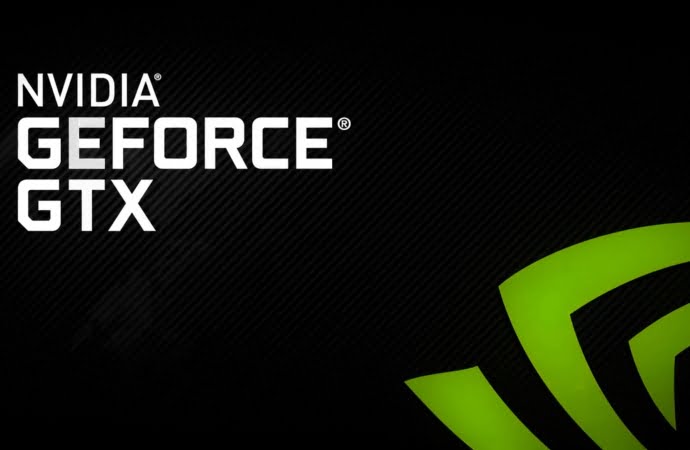A mid-range card, powerful enough to run all the latest games on ultra but with a bargain basement price? We love it when NVIDIA play their greatest hits.
When NVIDIA released the GeForce GTX 750 GPU in early 2014, they planted their green-and-black flag firmly in the middle ground and said, “This is ours! Come and take it from us!”
And nobody did.
The GeForce GTX 750, also available in a higher-performance Ti designation, is pretty much the perfect budget graphics card. The configuration options are extensive, for starters, with all manner of options available from every different vendor.
Then there’s the form-factor. The GTX 750 is a short card, and can – unusually for a high-performing GPU – come in a low-profile variety too; so you can fit it into custom-built towers, off-the-peg boxes, mini-ITX cubes, home-theatre units… pretty much anything you can think of.
And then there’s the power. Oh, the power. It’s a miniscule hummingbird of a card, sipping delicately at the nectar of your PSU so gently – to a tune no greater than 60 watts – that it can even be run from the native power of the PCI slot. There’s no need for additional power cabling, meaning it’ll work with pretty much any old PSU you may have lying around.
All for under £150/$240 at point of release? It’s hard to better that, but NVIDIA are trying all the same with the GeForce GTX 950.
Enter the GeForce GTX 950
On paper, the GeForce GTX 950 doesn’t look like a massive step up from the GTX 750 Ti, and there are certainly some compromises.
Chief among which, there’s an immediate step up in the TDP, from that magic (yet unlikely-sounding) 60 watt figure to a more dedicated GPU appropriate 90 watts. It’s still a relatively low power-draw card and allows you to get more bang for your buck out of lower-powered PSUs, but that 30 watt jump does unfortunately mean that it’s no-longer slot powered.
Yes, that’s right: The GeForce GTX 950 is going to require an additional power connector. That effectively rules out adding it as a cheap upgrade to off-the-peg desktops from the likes of Dell and Lenovo, and might force a PSU upgrade that system builders weren’t counting on.
It’s also bigger – a full-on, dual-slot beast – and as yet there’s no low profile option, so you’re going to be more selective about which case you put it in.
So if it requires more juice, and a PSU upgrade, and won’t fit in small cases, why would you choose the GeForce 950 over its bigger brothers, the 960/970/980 series?
Because – for the price – it’s an absolute beauty. Here’s a comparison of the Passmark G3D benchmark score for the GeForce GTX 950 (taken from Passmark’s own site) indexed against the scores and current retail prices* for the GTX 750/9XX series cards:
- GTX 750 – 3,246; £90/$140
- GTX 750 Ti – 3,686; £100/$155
- GTX 950 – 4,746; £140/$220
- GTX 960 – 5,988; £170/$270
- GTX 970 – 8,640; £270/$425
- GTX 980 – 9,722; £410/$645
Everybody knows there’s a massive jump in performance and price to the high-end cards, but the GeForce GTX 950 strikes an excellent balance between not costing the earth, but still giving you the power to play pretty much anything you want on whatever settings you want for the next few years.
Is it worth replacing your 750 series with one? Maybe, but not if you’re using an odd-sized case or have a more basic PSU. Will you buy a GeForce GTX 950 if you’re looking for absolute top performance? Probably not, but that doesn’t mean a GeForce GTX 950 won’t still perform great.
But have NVIDIA firmly cemented their position in the centre market, by positioning the GeForce GTX 950 at the perfect price/performance point? That’s a definite yes..
*Current retail prices based on average Amazon price in the UK, with US prices based on today’s exchange rate of 1.57 with a certain degree of rounding to make them nicer numbers.
The GeForce GTX 950 officially launches on August 30. You can pre-order this Palit GeForce GTX 950 2GB card from Amazon now for £135 though, which looks like the best launch deal.







